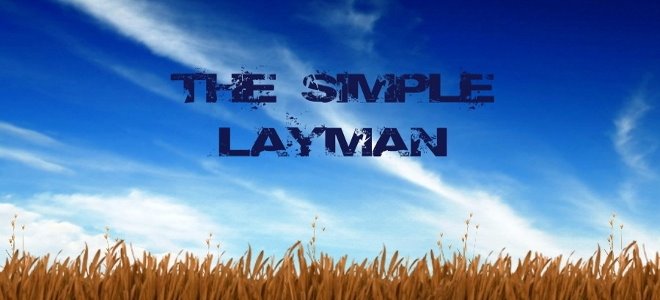I love digital photography but one of the problems I noticed when using a digital camera is the lack of control of latitude, or the ability to capture extremes of light and dark, that you get with a film stock. When I was using black and white (and to some degree color) with the zone system there was greater ability to control contrast and highlights in scenes. What I noticed happening with digital photography was this, when you photographed scenes with bright highlights (a white scarf, snow, flower petals) the sunlit portions of the photo would be all washed out and lacking detail. Once the highlights fell out of the range of the cameras ability to record them they were lost forever and could not be brought back. If, for instance, I was photographing a picture of a light colored flower and part of the petals fell into bright sunlight and part in the shade, the area in the bright sunlight would photograph as one solid color instead of just being lighter with detail.
With film you could compensate for this by over-exposing the film to capture the shadow detail, and then under-develop the film to compensate so the highlights would not get blocked up. Later, in the darkroom you could burn (allow more light to reach light portions of the print), and dodge (prevent too much light from reaching the dark areas of the print). Contrast could be controlled by using multigrade papers and contrast filters or using two-part developers on a single contrast paper.
With digital some compensation can be made by decreasing the contrast in the control menu of the camera and adjusting the exposure to not overexpose the highlight (which to some degree will make it lose shadow detail). Sometimes the shadows get lost completely when adjusting this and become one solid mass of dark in the image. Obviously, with more expensive cameras come better control of this but since this is geared towards learners and I do not consider myself an expert-I am just passing on some advice I have come to know is true that may help others.
Below are two examples of this. The first is a photograph my daughter took with my wife's digital nikon where the light was coming through the window. You can see the bright areas have no detail. This detail is lost and cannot be regained. The second one was taken by my son with his nikon EM. It shows what I was thinking at the time. Film has greater latitude and didn't even lose detail in the light areas of the flowers.
Picture taken by my daughter with my wifes nikon digital camera. Notice the loss of detail and "flattening" of color in the bright (highlight areas of the print) in the enlarged section.
Click on the photos to see a larger image.
Picture taken by my son on film in full daylight. Even in the poor quality scan done by our local pharmacy you can see details in the highlight areas and with the limitations of the scanning equipment and the technician there is still shadow detail. Believe me when I say the scan does not do justice to the quality of the image on the negative.
With digital there are at least a couple of ways to help. First, photograph subjects in the shade. For subjects like flowers you can photograph them on an overcast or cloudy day. This will produce even lighting in the shadows while not throwing sun on portions of the subject. Colors too will stand out without so many light areas standing out. There may be some color correction needed because the picture may take on a blue cast from being in the shade. If you must photograph in the sun be conscious of the effects and use a fill flash or use a trick which they use in studio lighting. Carry a white cardstock with you and bounce sunlight onto the shady portions of the subject. This works best with smaller subjects like flowers or getting light to the darker side of ones sunlit face.
Example of digital photo adjusted -2 in my wife's digital camera to allow for highlights (notice the dew on the petals when enlarged by clicking on the photo)
Example of digital photo taken in shade with no camera correction (notice that even though this flower has mostly white petals it still retains some detail though many shadow details are lost)
If all this seems like a foreign language to you just remember when photographing subjects in bright sunlight to photograph them in the shade and for subjects like flowers that can't be moved to the shade photograph them on cloudy days. If you are using a film camera compensate for the blue cast by using a skylight 1A or 2A filter or getting the photos scanned and adjusting them in gimp or some other type of photoshop program. This will help.
The Golden Vial - a book review
-
Loved it, loved it so much.
Book 3 in the Legends of the Realm series. I read book 1 in early 2015 and
book 2 in early 2016.
I highly recommend you read T...
7 years ago











